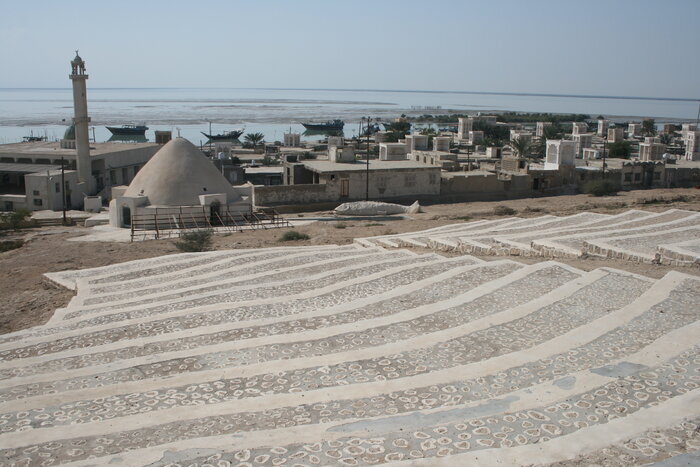Ebrahim Rostam Gulani said that the organisation of the water reservoir on Qashm Island began with an innovative plan with a cultural, historical and environmental approach, according to the watchdog of the Qashm Free Zone Organization for Cultural Heritage, Tourism and Handicrafts. He also said these valuable resources are revived not only as infrastructure to supply water, but also as living museums.
The reservoir, in the form of a dome-shaped structure, is called “Berkeh” in the local dialect of the Qeshm natives.
As an ancient water structure with a pivotal role in history and islander life for centuries, Berks is transforming into an indigenous knowledge, adaptation to arid weather, and a living symbol of traditional architecture in southern Iran.
He said the island’s water storage includes stories of humanity’s efforts, knowledge and adaptation to nature.
“We will preserve museum-based perspectives, documentation, preservation, and preserve these water reservoirs and specifically preserve them for future generations. In the first phase of this plan, these ancient water reservoirs are covered in rural areas of Qeshm Island. Engineering measures, introduction committees, visitor routes and local guides will be provided for visitors.”
Rostam Gourani continued that over 50 water structures have been organized in the “Berkeh Living Museums” plan. This is not only a construction project, but also an effort to link sustainable tourism, environmental training and the revival of Qeshm’s cultural identity. Training local guides, holding cultural tours and creating multimedia content is an executive program in this regard. ”
One distinctive feature of the project is the direct participation of villagers in the revival and conservation of these water reservoirs, he said. Local women, young people and village elders play an active role in training sessions and oral writings of memory and traditional practices regarding water conservation, he added.
KD

